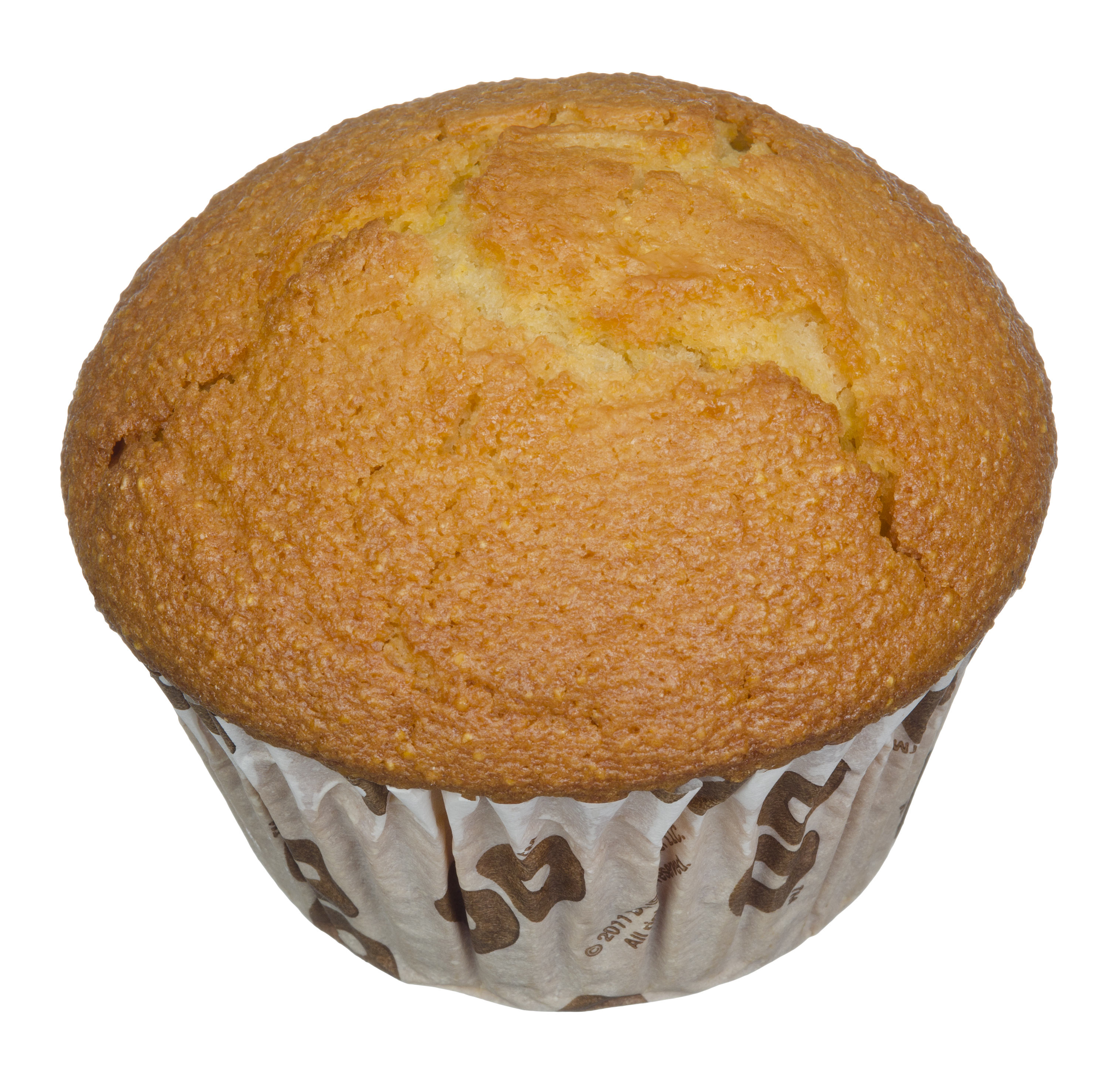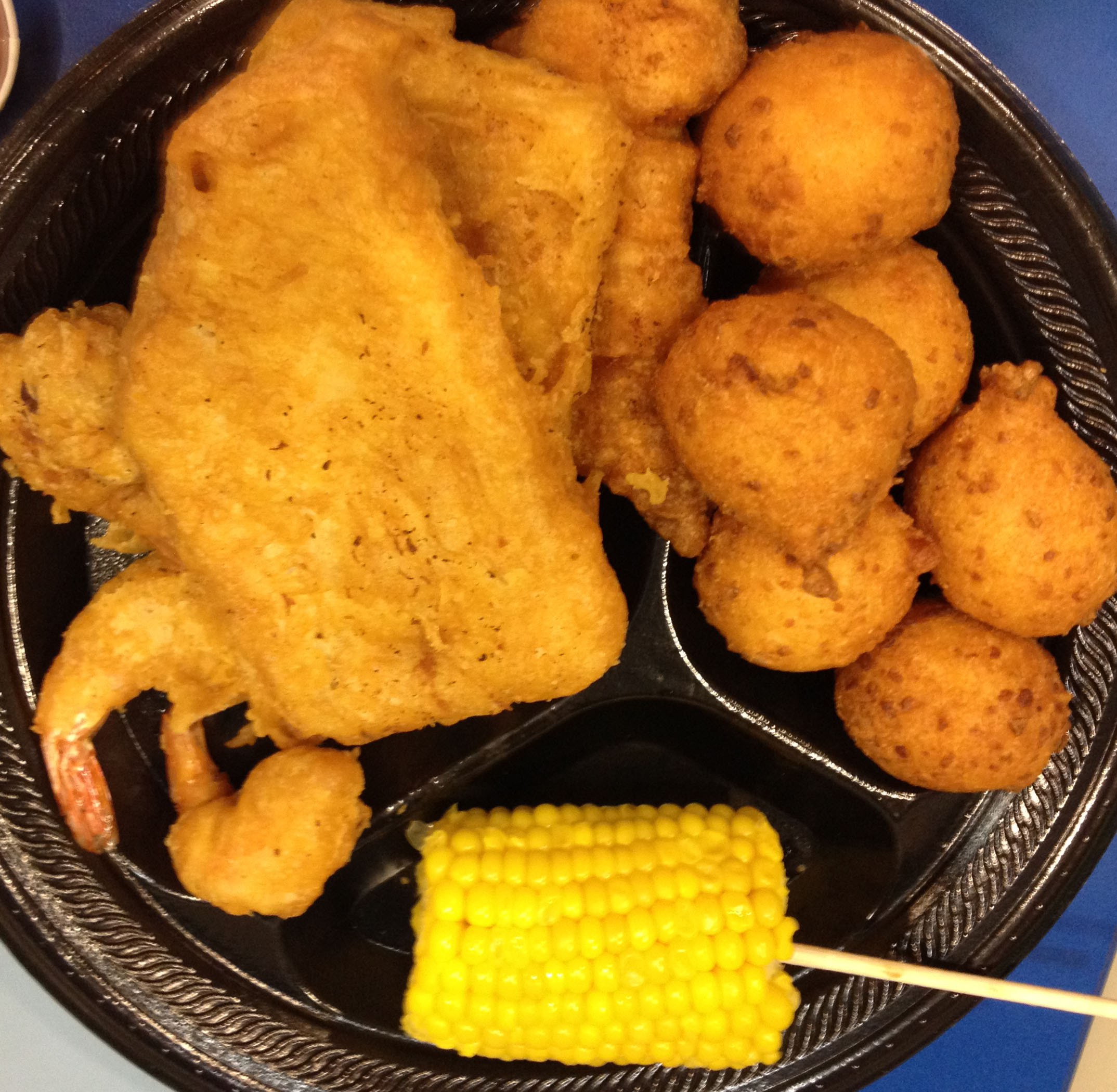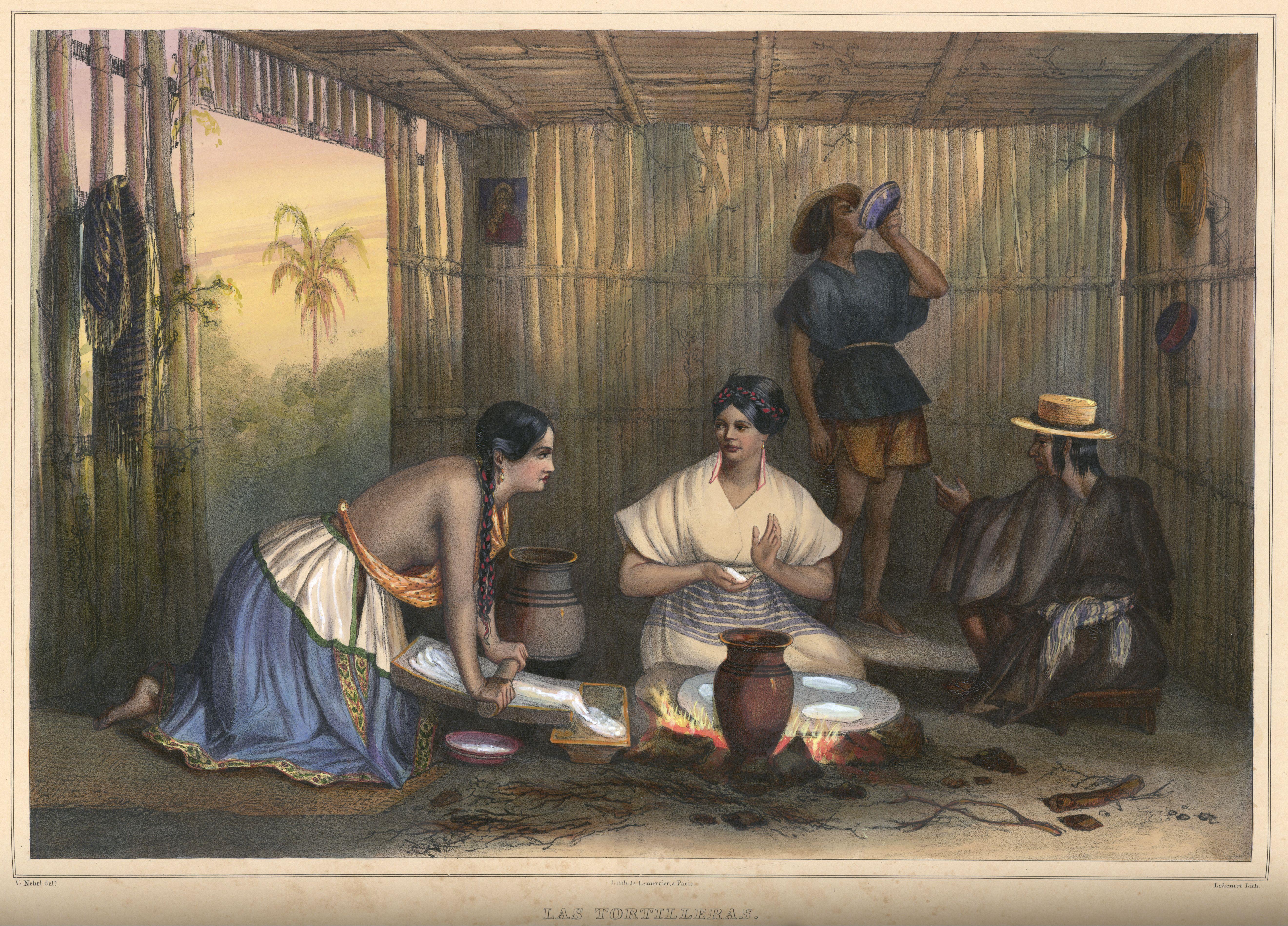|
Cornbread
Cornbread is a quick bread made with cornmeal, associated with the cuisine of the Southern United States, with origins in Native American cuisine. It is an example of batter bread. Dumplings and pancakes made with finely ground cornmeal are staple foods of the Hopi people in Arizona. The Hidatsa people of the Upper Midwest call baked cornbread ''naktsi''. Cherokee and Seneca tribes enrich the basic batter, adding chestnuts, sunflower seeds, apples or berries, and sometimes combining beans or potatoes with the cornmeal. Modern versions of cornbread are usually leavened by baking powder. History Native people in the Americas began using corn (maize) and ground corn as food thousands of years before Europeans arrived in the New World. First domesticated in Mexico around six thousand years ago, corn was introduced to what is now the United States between three thousand and one thousand years ago. Native cooks developed a number of recipes based on corn, including cornbread ... [...More Info...] [...Related Items...] OR: [Wikipedia] [Google] [Baidu] |
Corn Pone
Cornbread is a quick bread made with cornmeal, associated with the cuisine of the Southern United States, with origins in Native American cuisine. It is an example of batter bread. Dumplings and pancakes made with finely ground cornmeal are staple foods of the Hopi people in Arizona. The Hidatsa people of the Upper Midwest call baked cornbread ''naktsi''. Cherokee and Seneca tribes enrich the basic batter, adding chestnuts, sunflower seeds, apples or berries, and sometimes combining beans or potatoes with the cornmeal. Modern versions of cornbread are usually leavened by baking powder. History Native people in the Americas began using corn (maize) and ground corn as food thousands of years before Europeans arrived in the New World. First domesticated in Mexico around six thousand years ago, corn was introduced to what is now the United States between three thousand and one thousand years ago. Native cooks developed a number of recipes based on corn, including cornbread, that ... [...More Info...] [...Related Items...] OR: [Wikipedia] [Google] [Baidu] |
Native American Cuisine
Indigenous cuisine of the Americas includes all cuisines and food practices of the Indigenous peoples of the Americas. Contemporary Native peoples retain a varied culture of traditional foods, along with the addition of some post-contact foods that have become customary and even iconic of present-day Indigenous American social gatherings (for example, frybread). Foods like cornbread, turkey, cranberry, blueberry, hominy and mush have been adopted into the cuisine of the broader United States population from Native American cultures. In other cases, documents from the early periods of Indigenous American contact with European, African, and Asian peoples have allowed the recovery and revitalization of Indigenous food practices that had formerly passed out of popularity. The most important Indigenous American crops have generally included Indian corn (or maize, from the Taíno name for the plant), beans, squash, pumpkins, sunflowers, wild rice, sweet potatoes, tomatoes, peppers, ... [...More Info...] [...Related Items...] OR: [Wikipedia] [Google] [Baidu] |
Cornmeal
Cornmeal is a meal (coarse flour) or a cell membrane ground from dried corn. It is a common staple food, and is ground to coarse, medium, and fine consistencies, but not as fine as wheat flour can be.Herbst, Sharon, ''Food Lover's Companion'', Third Edition, Pg. 165, Barrons Educational Series Inc, 2001 In Mexico, very finely ground cornmeal is referred to as corn flour. When fine cornmeal is made from maize that has been soaked in an alkaline solution, e.g., limewater (a process known as nixtamalization), it is called masa harina (or masa flour), which is used for making arepas, tamales and tortillas. Boiled cornmeal is called polenta in Italy and is also a traditional dish and bread substitute in Romania. Types There are various types of cornmeal: *''Blue cornmeal'' is light blue or violet in color. It is ground from whole blue corn and has a sweet flavor. The cornmeal consists of dried corn kernels that have been ground into a fine or medium texture. *''Steel-ground ... [...More Info...] [...Related Items...] OR: [Wikipedia] [Google] [Baidu] |
Johnnycakes
Johnnycake, also known as journey cake, johnny bread, hoecake, shawnee cake or spider cornbread, is a cornmeal flatbread, a type of batter bread. An early American staple food, it is prepared on the Atlantic coast from Newfoundland to Jamaica. The food originates from the indigenous people of North America. It is still eaten in the West Indies, Dominican Republic, Saint Croix, The Bahamas, Colombia, Bermuda, Curaçao and Florida as well as in the United States and Canada. The modern johnnycake is found in the cuisine of New England and is often claimed as originating in Rhode Island. A modern johnnycake is fried cornmeal gruel, which is made from yellow or white cornmeal mixed with salt and hot water or milk, and sometimes sweetened. In the Southern United States, the term used is ''hoecake'', although this can also refer to cornbread fried in a pan. Etymology Johnnycake The earliest attestation of the term "johnny cake" is from 1739 (in South Carolina); the spelling " ... [...More Info...] [...Related Items...] OR: [Wikipedia] [Google] [Baidu] |
Hushpuppy
A hush puppy (or hushpuppy) is a small, Umami, savory, deep-fried round ball made from cornmeal-based Batter (cooking), batter. Hushpuppies are frequently served as a side dish with seafood and other deep-fried foods. History The use of ground maize (corn) in cooking originated with Indigenous peoples of the Americas, Native Americans, who first cultivated the crop. Cherokee, Chickasaw, Choctaw, Muscogee (Creek), Creek, and Seminole cooking introduced one of its main staples into Southern cuisine: corn, either ground into meal or limed with an alkaline salt to make hominy, in a Native American technology known as nixtamalization. Cornbread was popular during the American Civil War because it was inexpensive and could be made in many different shapes and sizes. It could be fashioned into high-rising, fluffy loaves or simply fried for a quick meal.To a far greater degree than anyone realizes, several of the most important food dishes that the Southeastern Indians live on today is t ... [...More Info...] [...Related Items...] OR: [Wikipedia] [Google] [Baidu] |
Cornmeal
Cornmeal is a meal (coarse flour) or a cell membrane ground from dried corn. It is a common staple food, and is ground to coarse, medium, and fine consistencies, but not as fine as wheat flour can be.Herbst, Sharon, ''Food Lover's Companion'', Third Edition, Pg. 165, Barrons Educational Series Inc, 2001 In Mexico, very finely ground cornmeal is referred to as corn flour. When fine cornmeal is made from maize that has been soaked in an alkaline solution, e.g., limewater (a process known as nixtamalization), it is called masa harina (or masa flour), which is used for making arepas, tamales and tortillas. Boiled cornmeal is called polenta in Italy and is also a traditional dish and bread substitute in Romania. Types There are various types of cornmeal: *''Blue cornmeal'' is light blue or violet in color. It is ground from whole blue corn and has a sweet flavor. The cornmeal consists of dried corn kernels that have been ground into a fine or medium texture. *''Steel-ground ... [...More Info...] [...Related Items...] OR: [Wikipedia] [Google] [Baidu] |
Cuisine Of The Southern United States
The cuisine of the Southern United States encompasses diverse food traditions of several regions, including Tidewater, Appalachian, Lowcountry, Cajun, Creole, and Floribbean cuisine. In recent history, elements of Southern cuisine have spread to other parts the United States, influencing other types of American cuisine. Many elements of Southern cooking—tomatoes, squash, corn (and its derivatives, such as hominy and grits), and deep-pit barbecuing—are borrowings from indigenous peoples of the region (e.g., Cherokee, Caddo, Choctaw, and Seminole). From the Old World, European colonists introduced sugar, flour, milk, eggs, and livestock, along with a number of vegetables; meanwhile, enslaved West Africans trafficked to the North American colonies through the Atlantic slave trade introduced black-eyed peas, okra, rice, eggplant, sesame, sorghum, melons, and various spices. Rice became prominent in many dishes in the Lowcountry region of South Carolina due to the fact ... [...More Info...] [...Related Items...] OR: [Wikipedia] [Google] [Baidu] |
Arepa
''Arepa'' () is a type of food made of ground maize dough stuffed with a filling, eaten in the northern region of South America since pre-Columbian times, and notable primarily in the cuisine of Colombia and Venezuela, but also present in the cuisines of Bolivia, Panama and other countries. It is commonly eaten in those countries and can be served with accompaniments such as cheese, '' cuajada'' (fresh cheese), various meats, chicken, avocado, or ''diablito'' (deviled ham spread). It can also be split to make sandwiches. Sizes, maize types, and added ingredients vary its preparation. It is similar to the Mexican '' gordita,'' the Salvadoran '' pupusa'', the Ecuadorian ''tortilla de maíz'' and the Panamanian ''tortilla'' or ''changa''. Origins The ''arepa'' is a pre-Columbian dish from the area that is now Colombia, Panama and Venezuela. Instruments used to make flour for the ''arepas'', and the clay slabs on which they were cooked, were often found at archaeological sites in th ... [...More Info...] [...Related Items...] OR: [Wikipedia] [Google] [Baidu] |
Hominy
Hominy (Spanish: maíz molido; literally meaning "milled corn") is a food produced from dried maize (corn) kernels that have been treated with an alkali, in a process called nixtamalization ( is the Nahuatl word for "hominy"). "Lye hominy" is a type of hominy made with lye. History The process of nixtamalization has been fundamental to Mesoamerican cuisine since ancient times. The lime used to treat the maize can be obtained from several different materials. Among the Lacandon Maya who inhabited the tropical lowland regions of eastern Chiapas, the caustic powder was obtained by toasting freshwater shells over a fire for several hours. In the highland areas of Chiapas and throughout much of the Yucatán Peninsula, Belize River valley and Petén Basin, limestone was used to make slaked lime for steeping the shelled kernels. The Maya used nixtamal to produce beers that more resembled '' chicha'' than '' pulque''. When bacteria were introduced to nixtamal it created a typ ... [...More Info...] [...Related Items...] OR: [Wikipedia] [Google] [Baidu] |
Nixtamalization
Nixtamalization () is a process for the preparation of corn, or other grain, in which the grain is soaked and cooked in an alkaline solution, usually limewater (but sometimes aqueous alkali metal carbonates), washed, and then hulled. The term can also refer to the removal via an alkali process of the pericarp from other grains such as sorghum. Nixtamalized corn has several benefits over unprocessed grain: It is more easily ground, its nutritional value is increased, flavor and aroma are improved, and mycotoxins are reduced by up to 97%–100% (for aflatoxins). Lime and ash are highly alkaline: the alkalinity helps the dissolution of hemicellulose, the major glue-like component of the maize cell walls, and loosens the hulls from the kernels and softens the maize. Corn's hemicellulose-bound niacin is converted to free niacin (a form of vitamin B3), making it available for absorption into the body, thus helping to prevent pellagra. Some of the corn oil is broken down in ... [...More Info...] [...Related Items...] OR: [Wikipedia] [Google] [Baidu] |
Cornflour , a small annual flowering plant with blue flowers
{{disambig ...
Cornflour may refer to: * Cornflour (in the UK), corn starch, from the endosperm of the kernel of the corn (maize) grain * Corn flour (in the US and elsewhere), very finely ground cornmeal, ground from dried maize See also * Flour * Starch * Gluten * Masa harina, a corn flour from the nixtamalization of maize * Cornflower ''Centaurea cyanus'', commonly known as cornflower or bachelor's button, is an annual flowering plant in the family Asteraceae native to Europe. In the past, it often grew as a weed in cornfields (in the broad sense of "corn", referring to gr ... [...More Info...] [...Related Items...] OR: [Wikipedia] [Google] [Baidu] |
Tamale
A tamale, in Spanish tamal, is a traditional Mesoamerican dish made of masa, a dough made from nixtamalized corn, which is steamed in a corn husk or banana leaf. The wrapping can either be discarded prior to eating or used as a plate. Tamales can be filled with meats, cheeses, fruits, vegetables, herbs, chilies, or any preparation according to taste, and both the filling and the cooking liquid may be seasoned. ''Tamale'' is an anglicized version of the Spanish word (plural: ). comes from the Nahuatl . The English "tamale" is a back-formation of , with English speakers interpreting the ''-e-'' as part of the stem, rather than part of the plural suffix ''-es''. Origin Tamales originated in Mesoamerica as early as 8000 to 5000 BC. The preparation of tamales is likely to have spread from the indigenous cultures in Guatemala and Mexico to the rest of Latin America. According to archaeologists Karl Taube, William Saturno, and David Stuart, tamales may date from arou ... [...More Info...] [...Related Items...] OR: [Wikipedia] [Google] [Baidu] |

.jpg)


_from_Ponce%2C_Puerto_Rico_(IMG_3046).jpg)




